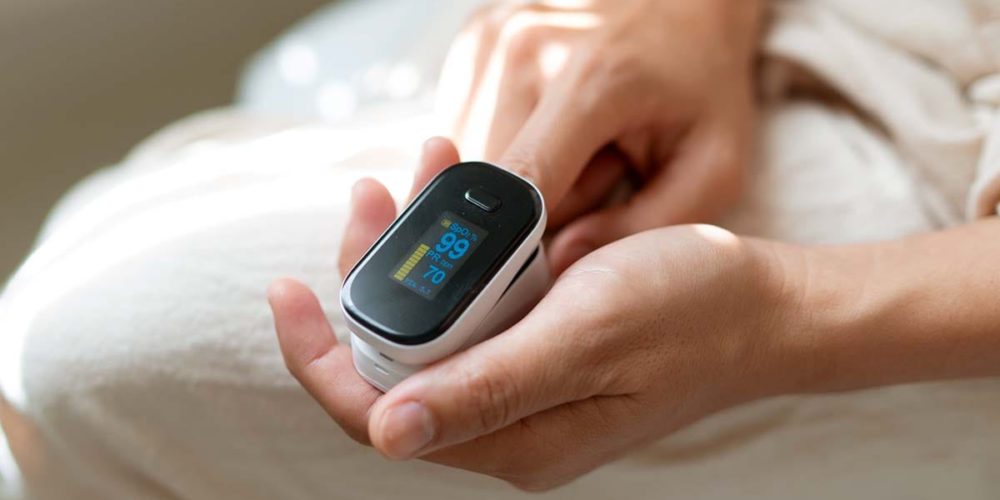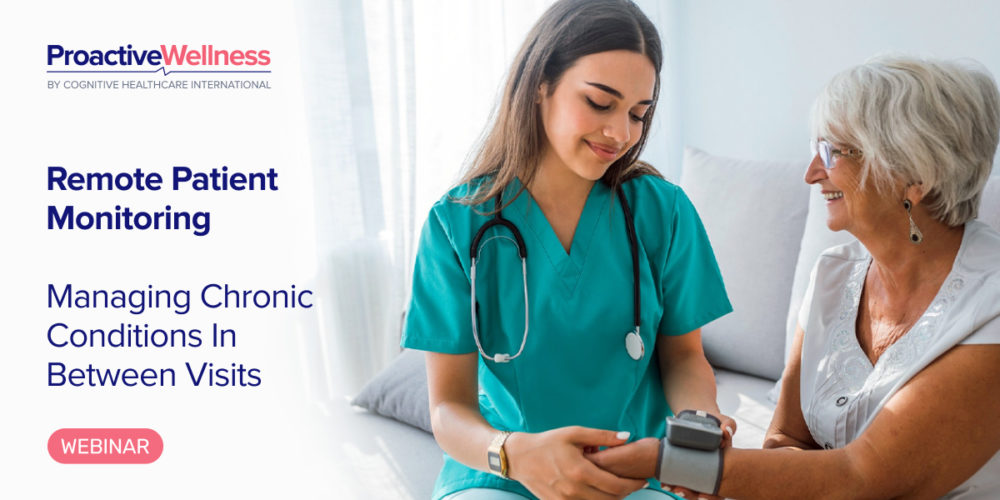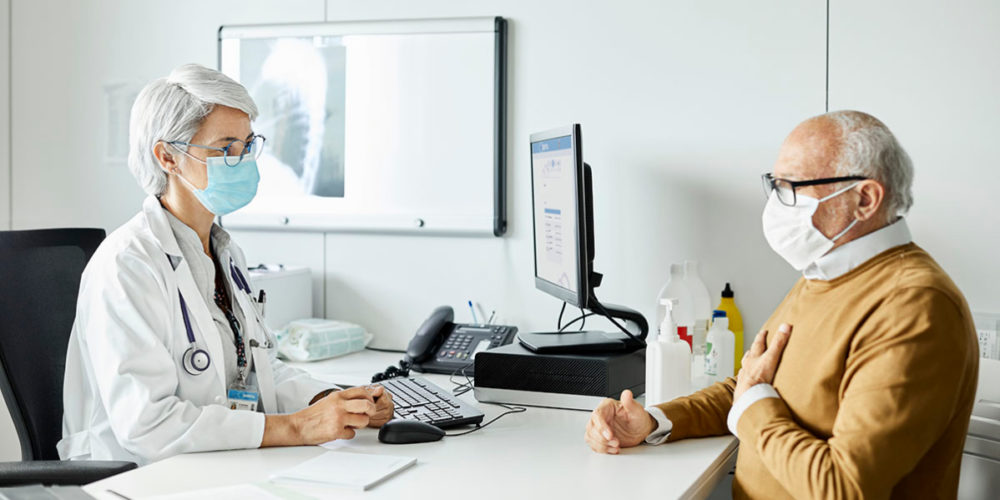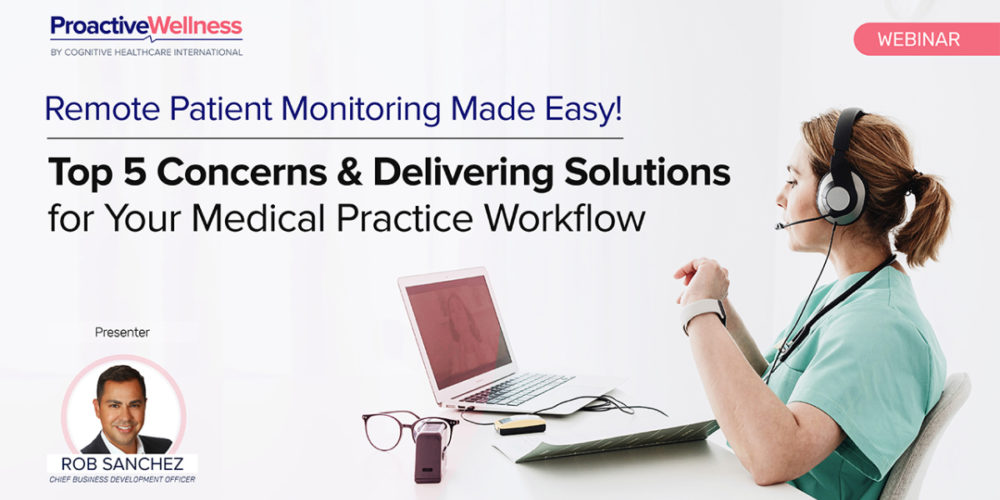In recent years, there has been a significant shift in the way healthcare is delivered across the world. One of the most notable changes is the adoption of remote patient monitoring (RPM). RPM is a technology-enabled healthcare delivery model that allows healthcare providers to monitor patients’ health remotely, without the need for in-person visits. RPM is changing healthcare delivery by improving patient outcomes, reducing healthcare costs, and increasing access to care. In this blog, we will explore how RPM is transforming healthcare delivery.
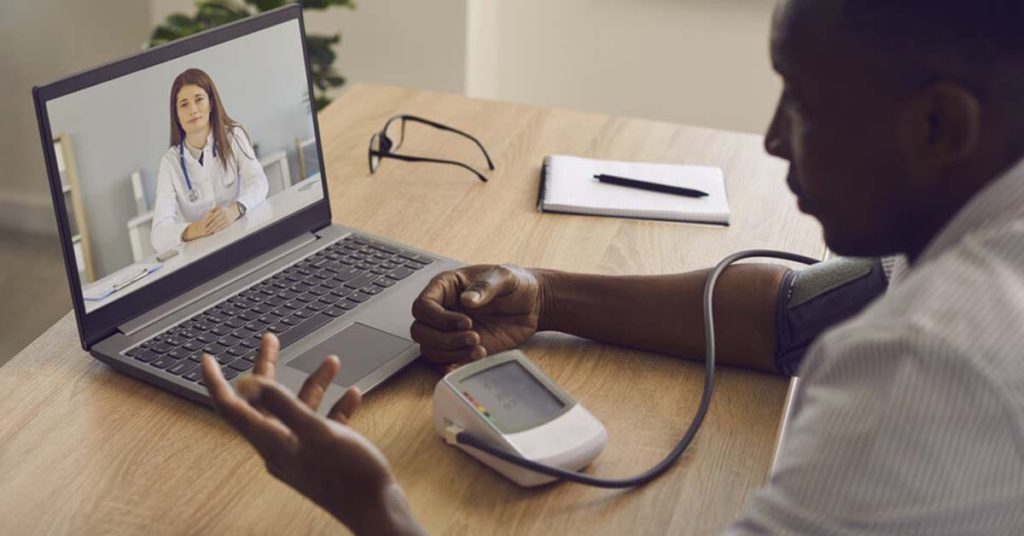
Improving Patient Outcomes
RPM is improving patient outcomes by enabling healthcare providers to monitor patients’ health more closely and intervene when necessary. With RPM, healthcare providers in Dallas Fort Worth can detect changes in patients’ health in real-time, allowing them to provide timely interventions that can prevent serious complications. For example, RPM can help detect a change in a patient’s blood sugar levels, allowing healthcare providers to adjust the patient’s medication regimen before a serious complication occurs.
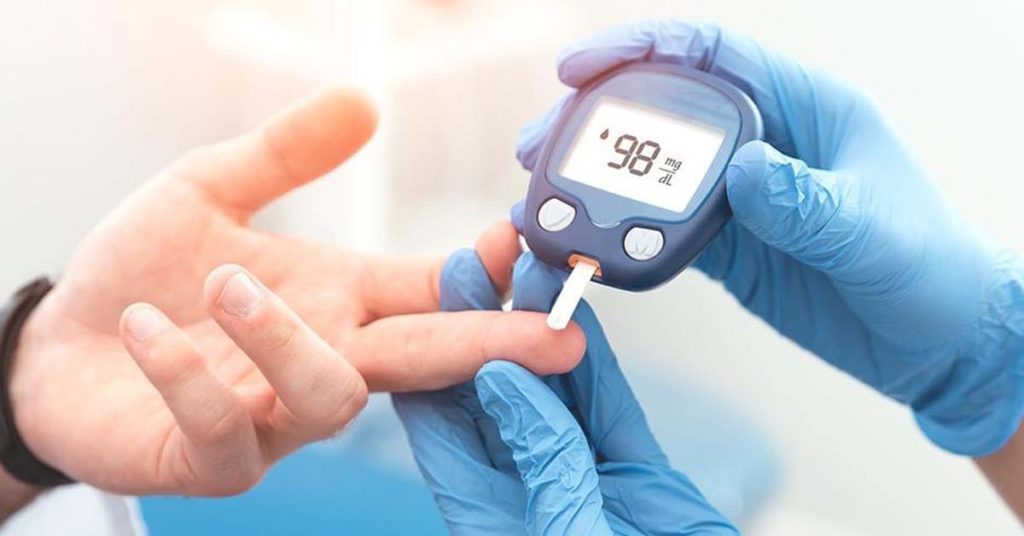
Reducing Healthcare Costs
RPM is also reducing healthcare costs by reducing the number of in-person visits patients need to make. With RPM, healthcare providers can monitor patients’ health remotely, reducing the need for in-person visits. This reduces the cost of healthcare for both patients and healthcare providers. RPM can also help prevent hospital readmissions, which can be expensive for both patients and healthcare providers.
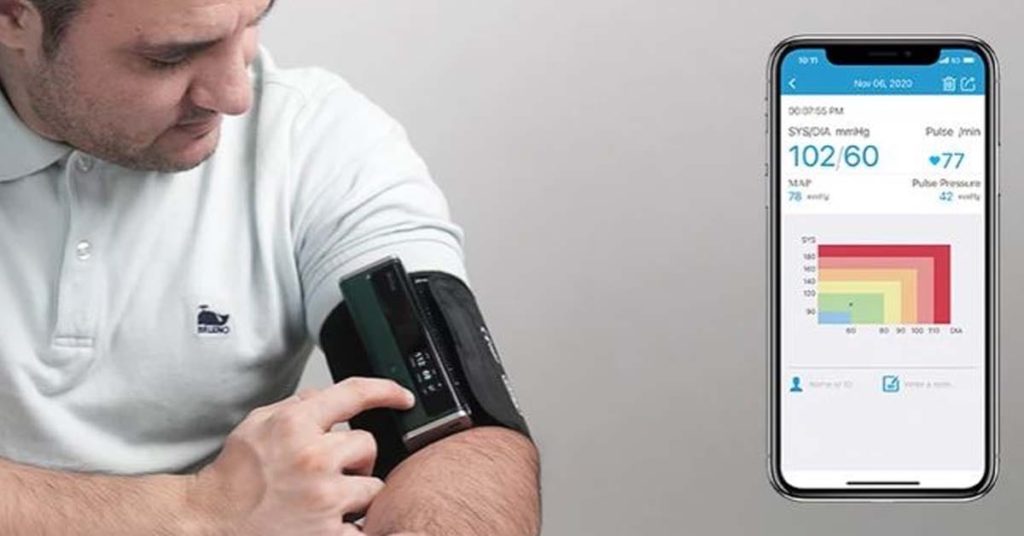
Increasing Access to Care
RPM is increasing access to care by enabling patients to receive care from anywhere, at any time. With RPM, patients can receive care from the comfort of their own homes, eliminating the need for travel and reducing the time and cost associated with in-person visits. This is particularly beneficial for patients who live in remote areas or have limited mobility.
Conclusion
Remote patient monitoring is transforming healthcare delivery in the US by improving patient outcomes, reducing healthcare costs, and increasing access to care. As technology continues to evolve, RPM is likely to become an increasingly important part of healthcare delivery. By embracing RPM, healthcare providers can provide better care to their patients while reducing the cost of healthcare delivery. It is clear that remote patient monitoring is changing the way we deliver healthcare, and the benefits of this technology are set to continue to grow in the years ahead.
